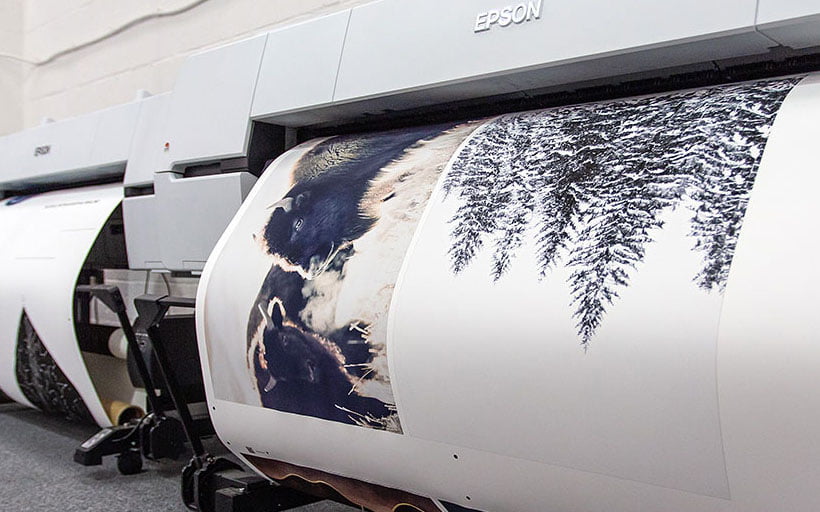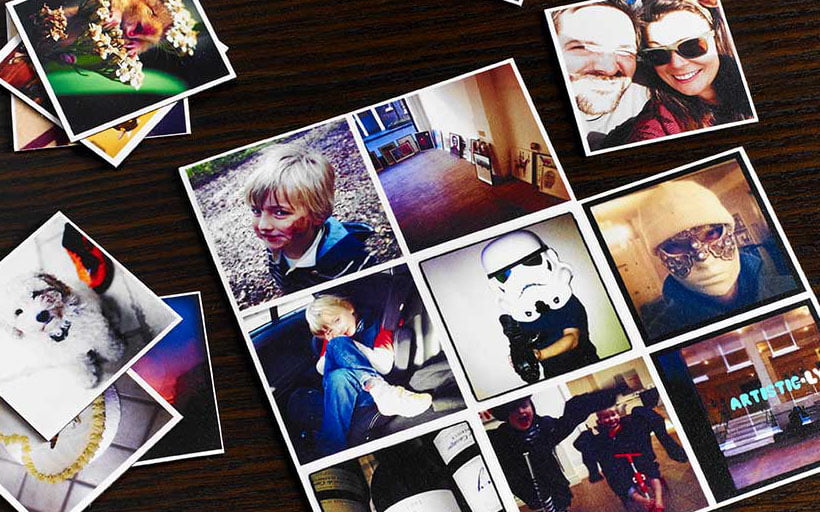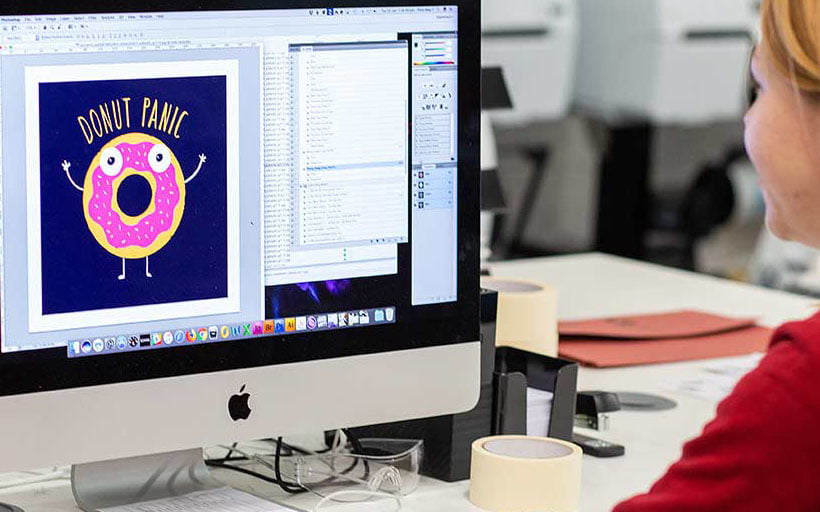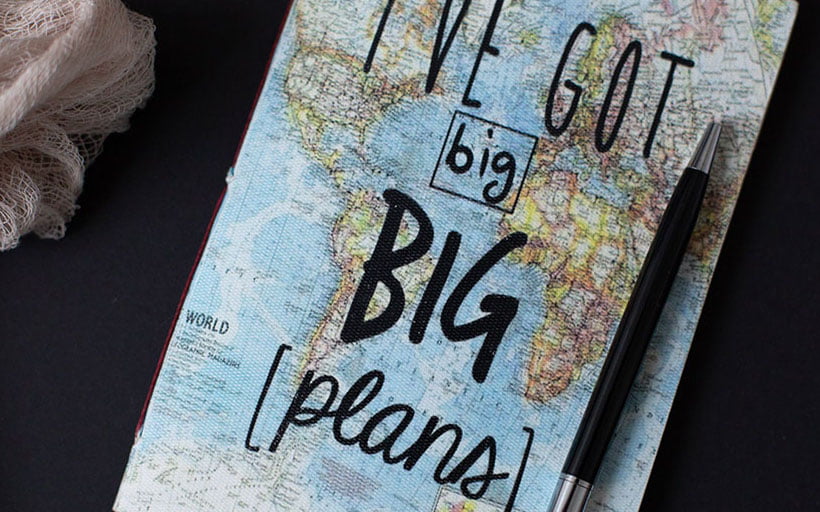Themes we're exploring

Interested in joining the world's leading print on demand platform?
[Update April 2020]
Responsible consumption
Consumers are increasingly demanding businesses improve the environmental impact of their products and services. There is a clear shift in consumer preferences toward local, sustainable and organic products. Consumers increasingly have more homogenised demands, wanting to have everything, everywhere, increasing the need for supply-chain localisation.
Localisation
The Covid-19 pandemic will accelerate the existing momentum behind global to local supply-chain transformation. Consumers and businesses will increasingly demand shorter supply chains to reduce transportation speed, environmental impact, lead times, supply risks, and improve efficiency.
[Original article continues below]
We're at the nexus of several converging and overlapping trends.
Everyone is a creative
For the first time in history, everyone on earth will soon own a camera. Over 5bn people currently have a mobile phone, almost all of which are smartphones with high-quality digital cameras.
We're experiencing an epidemic in the creation and spread of digital imagery. More people are taking more photos than ever before; an estimated 1.2 trillion in 2017 alone, and it's increasing 15% year-on-year. If all of 2017's photos were printed as 6x4" prints and lined up end-to-end, they would stretch over 113 million miles, equivalent to the moon and back…237 times.
We are all mass-producing content; effortlessly digitising our work, experiences and memories.
The vast majority of this content will only ever be consumed digitally but there will also be significant opportunities to transform this ever-expanding glut of raw materials into physical printed products.
Digital to physical
The world will be printed. The invention of print helped the world to learn. Tomorrow, the world will be recreated through printing. 3D printing will be the flag of the new industrial revolution. In moving from physical molds to digital files, every object around us will have the power to be mass customized — so we will all get what we want, when we want it, the way we want it.
The raw material - the fuel - required to power our business model is growing exponentially. The range of opportunities for exploiting these raw materials increases in line with this growth.
Made on demand and print on demand provide a potential mechanism for transforming digital assets into physical objects.
Analogue becomes exotic
The disparity between the growth trajectories of digital and physical imagery will make physical images feel increasingly exotic.
The exotic is more unique, more desirable.
Physical, analogue reproductions will become increasingly desirable and exclusive in comparison to their digital counterparts.
This tangibility will satisfy a completely different set of needs to those satisfied by consuming a digital image.
Rich opportunities will arise from this trend.
Collaboration, the sharing economy
The sharing economy is based upon individuals and businesses across the world working together to deliver projects, products and services by sharing their resources and utilising excess capacity.
Print capacity is a perishable asset in the same way that an unsold hotel room is.
Our network operates by connecting printers with spare capacity to those buying and selling printed products.
Mass-personalisation, mass-customisation
We are moving from an era of mass-production to mass-personalisation.
3D printing is powering this evolution - transforming production from physical molds to digital files - and investing every object around us with the potential to be mass-customised.
Software is improving consumption standards and expectations by eliminating many of the supply-chain complexities traditionally associated with delivering differentiated goods and services.
Consumers are increasingly expecting personalised products, services and experiences, and incumbents will struggle to adapt their traditional production methods - developed over years of generic standardisation - to cater to these changing demands.
In many ways changing consumer needs are a reaction to our new found interconnectivity. It becomes harder to express your individuality when everyone has access to exactly the same tools, products and information.
Technology has also changed our notion of thoughtfulness — with our lives now dominated by automated birthday reminders and job notifications — putting a premium on gifts tailored specifically to the individual.
Death of a supply-driven world
We are moving from supply-driven retail to demand-driven retail. In the past:
Designers would design products and buyers would buy products that they thought shoppers will like. Six to twelve months later, these products would show up on the sales floor for the moment of truth. The feedback loop was slow, which would repeat every season. Design and merchandising reigned supreme. This often created a monologue between brands and shoppers, as the former would do most of the talking and shoppers were expected to listen. Sometimes there was a dialogue, but the brand's response or acceptance of the shopper's requests were often slow, if existent at all.
Social media has changed the game: providing tools which have migrated power from gatekeepers who governed supply to a world where shoppers increasingly wield the power of demand. A world where tastemakers and bloggers can influence huge communities of people and drive demand in new directions which need instantly sated.
Thriving in this world requires businesses to move quickly, for supply-chains to scale instantly, for fulfilment to be much more decentralized and responsive to individual requirements.
In our era of individualism, personalisation is crucial to consumption.
On-demand consumption
Beyond the ability to provide more personalised products, businesses are increasingly looking to postpone production until demand is confirmed and quantified, helping reduce inventory levels and increase retail efficiency.
For consumers, smartphones have resulted in a host of new services that are only consumed at the point of requiring them (e.g. Spotify, Uber, Just Eat, Hotel Tonight, Netflix, etc).
Software is eliminating friction that previously limited the creation, production, distribution, trade and consumption of goods and services, helping us consume at the point of demand.
Pretail / Precommerce
Pretail or precommerce is used to quantify product demand and secure sales prior to manufacture. If sufficient sales are made, the concept migrates into the manufacturing phase.
This approach will soon move beyond Kickstarter-type marketplaces into specialist verticals and mainstream retail, where it will become an entirely normal type of consumer behavior.
Machine learning
The ability for computers to read images creates a fundamental new capability:
We should expect that every image ever taken can be searched or analyzed, and some kind of insight extracted, at massive scale. Every glossy magazine archive is now a structured data set, and so is every video feed. With that incentive (and that smartphone supply chain) far more images and video will be captured.
Machines don't just have the ability to interpret images in the same way as humans do; they can read them at massive scale and infer patterns and correlations.
A firehose of digital images being transformed into physical objects is a potentially valuable dataset for all kinds of different uses cases, if sufficient scale can be achieved.



